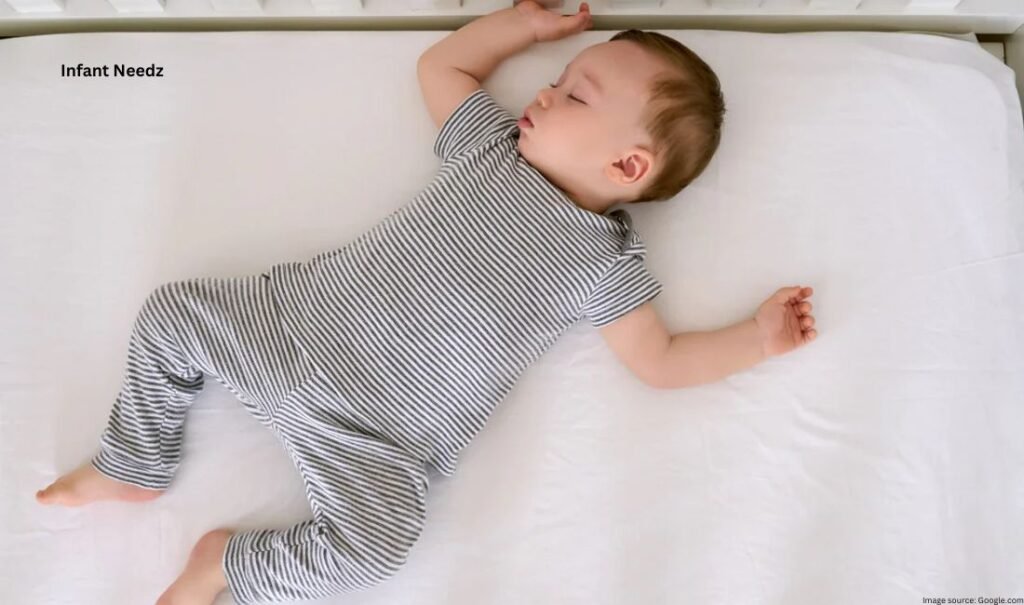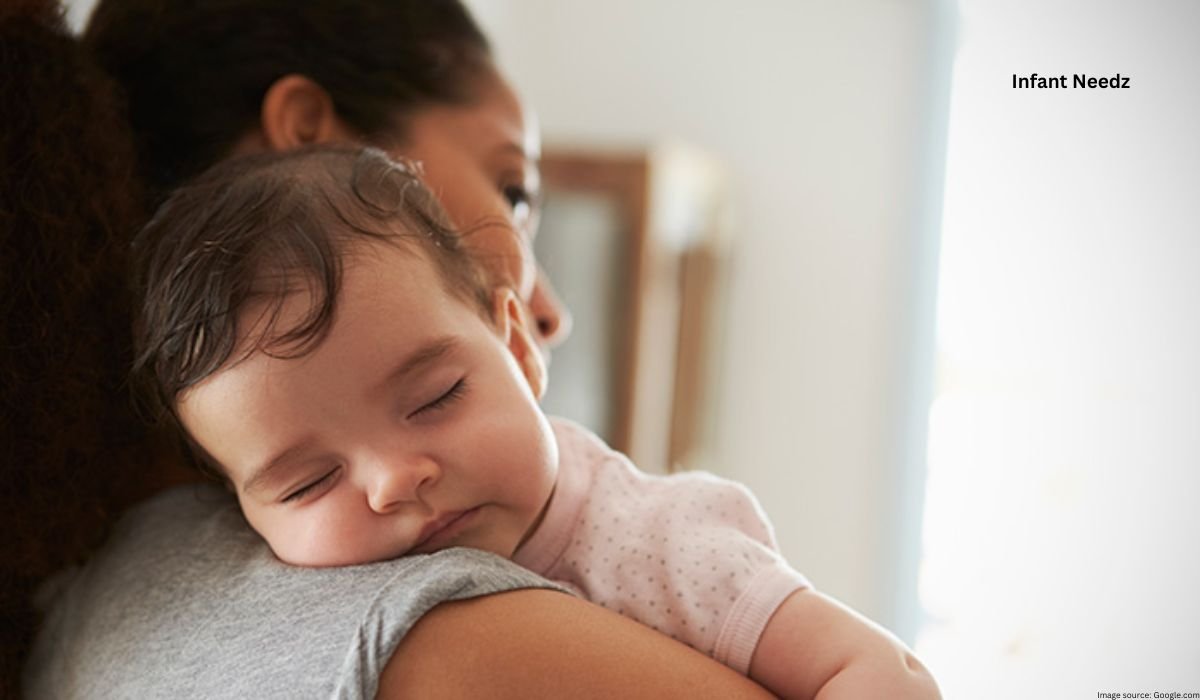Monitoring the Baby Sleep Patterns is just as important as the well-being and development of a baby. Such an act may establish some useful routines by being aware of the pattern, helps infants get restorative sleep. Here is a guide on how to track your baby sleep patterns effectively.
Table of Contents
Begin a Baby Sleep Log
The sure way of knowing the sleep pattern is to keep a log of sleeping behavior about your baby. Take a record of times that go to sleep and wake up, and the number of times your baby wakes at night. You can have it in a simple chart or book. From this log, you will be able to look for trends by time-for example, how long your baby slept, when he most likely wakes, and signs of sleep regression.

Monitor For Baby Sleep Cues
Pay attention to behavioral cues of your baby that warns of her tiredness. These may manifest in the form of yawning, rubbing the eyes, or becoming whiny. At times, this early recognition can put the baby to bed or bedtime before it becomes overtired and, instead, enhance the chances of waking up.
A Baby Requires Sleep In Order To Develop
The growth and development of a baby need sleep. During these specific baby sleep periods, especially deep sleep and REM sleep, many important mechanisms work to build the brain and facilitate consolidation of memory and health. Good sleep tends to regulate your baby’s mood, increase cognitive ability, and enhance immunity. Irregular sleep easily leads to crankiness and some problems resulting from learning difficulties and behavior issues. By giving them proper amounts of sleep, you are laying down a good and healthy foundation for the child to grow up in and out in the coming years.

Understanding Your Baby Sleep Patterns
- Sleep Cycles: Babies have sleep cycles that can vary dramatically from adults, often only about 50-60 minutes long and comprise periods of light sleep, deep sleep, and REM.
- Sleep Indicators: One should look for sleeping cues that may appear to be as ordinary as yawning or irritable behavior, so those changes from which the parent could determine precisely when it was time for the baby to sleep.
- Variation with Age: Most babies are bound to change their sleep needs once they grow; newborns may sleep about 14 to 17 hours while older infants may require 12 to 15 hours.
- Night-time Awake: Babies wake at night, especially for the first months and tend to have lighter periods of sleep.
Tips To Track and Promote Sleeping
- Keep a Sleep Log: Track the times your baby sleeps for how long, and the periods they wake so that you can track trends
- Sleep Tracking Apps: Use apps such as Baby Tracker to track sleep, track the patterns of your baby.
- Establish a Regular Pattern: Involve your child in a calming bedtime routine that lets them know it is time for sleeping.
- Make the sleep environment inviting: It should be dark and noise-free, comfortable with white noise if needed, thus minimizing disturbances.

Creating a Consistent Bedtime Routine
A bedtime routine should be consistent, meaning it should help your baby interpret that it is almost time to wind down. For instance, it can revolve around bathing, reading a story, and gentle rocking or singing. This routine will ensure that your baby has an environment that will prepare him to fall asleep as well as make sleeping time of improved quality.
Keep Environmental Factors Under Control
An ideal, well-sleeping baby should have an excellent sleeping environment. Therefore, it is essentially important for you to ensure that they sleep in a comfortable condition. The room should preferably be soundproof, not too hot, and not too bright. You can mask disturbing sounds using white noise machines and make the sleeping environment much more peaceful.
Conclusion
Monitoring the sleep pattern of your baby really is part of becoming a good parent as it lays down a healthy pattern of sleeping, thus forming the mould for healthy living. This includes a sleep log, looking for meaning in sleep cues, learning about sleep cycles, apps, a bedtime routine, monitoring of environmental factors that will impact quality of sleep within your family while creating an ideal sleep environment for the development of your baby.
FAQ’s
How to Track Your Baby Sleep Cycle?
Note down the time and how many hours he or she is sleeping with the help of a sleep log and sleep tracking apps like Baby Tracker. Observe the sleep cues such as yawning and write how the environments cause effects on rest.
How do I follow the sleep pattern of my baby?
Let your baby have his routine: The foremost thing is to follow your baby sleep schedule or routine while making sure there is a regular routine and adding a constant pattern for sleep time, along with paying attention to cues of sleep and changing accordingly.
